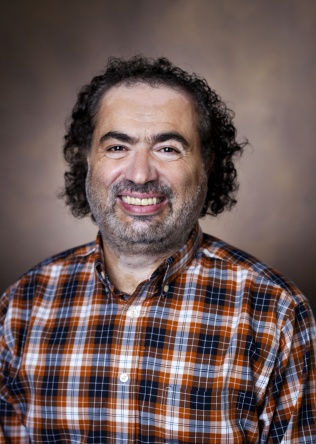Noor Tantawy, Ph.D.
Tantawy, M. N., T. E. Peterson, C. K. Jones, K. Johnson, J. M. Rook, P. J. Conn, R. M. Baldwin, M. S. Ansari, and R. M. Kessler, Impact of isoflurane anesthesia on D2 receptor occupancy by [18F]fallypride measured by microPET with a modified Logan plot: Synapse, [Epub ahead of print].
Tantawy, M. N., and T. E. Peterson, 2010 Apr, Simplified [18F]FDG image-derived input function using the left ventricle, liver, and one venous blood sample: Mol Imaging, v. 9, p. 76-86.
Tantawy, M. N., C. K. Jones, R. M. Baldwin, M. S. Ansari, P. J. Conn, R. M. Kessler, and T. E. Peterson, 2009, [18F]fallypride dopamine D2 receptor studies using delayed microPET scans and a modified Logan plot: Nucl Med Biol, v. 36, p. 931-40.
Manning, H. C., N. B. Merchant, A. C. Foutch, J. M. Virostko, S. K. Wyatt, C. Shah, E. T. McKinley, J. Xie, N. J. Mutic, M. K. Washington, B. LaFleur, M. N. Tantawy, T. E. Peterson, M. S. Ansari, R. M. Baldwin, M. L. Rothenberg, D. J. Bornhop, J. C. Gore, and R. J. Coffey, 2008, Molecular Imaging of Therapeutic Response to Epidermal Growth Factor Receptor Blockade in Colorectal Cancer: Clinical Cancer Research, v. 14, p. 7413-7422.
Hariri, G., Y. Zhang, A. Fu, Z. Han, M. Brechbiel, M. N. Tantawy, T. E. Peterson, R. Mernaugh, and D. Hallahan, 2008, Radiation-Guided P-Selectin Antibody Targeted to Lung Cancer: Annals of Biomedical Engineering, v. 36, p. 821-830.
I do research using nuclear imaging modalities which include PET, SPECT, and CT. I collaborate with researchers from a wide range of diciplinaries.







